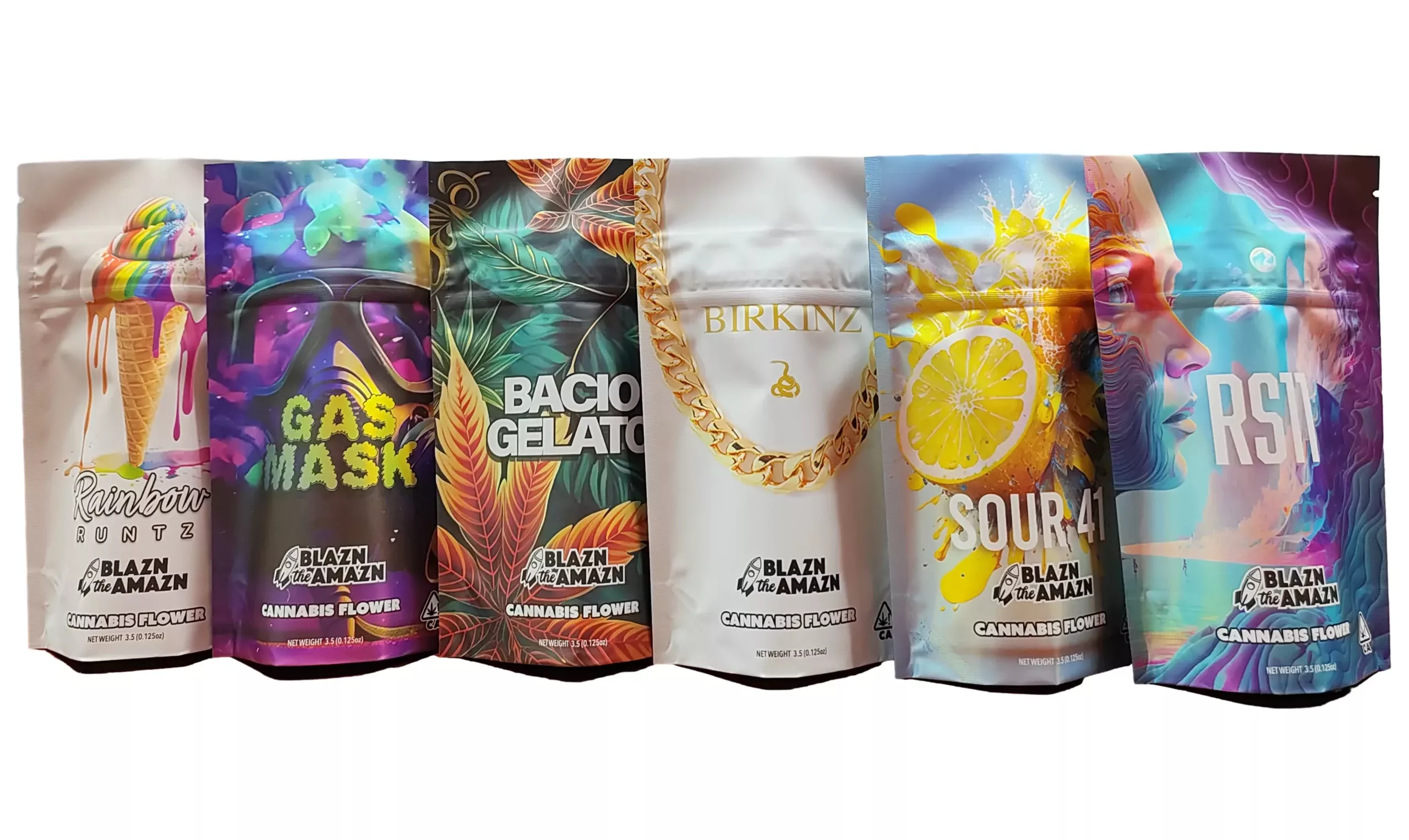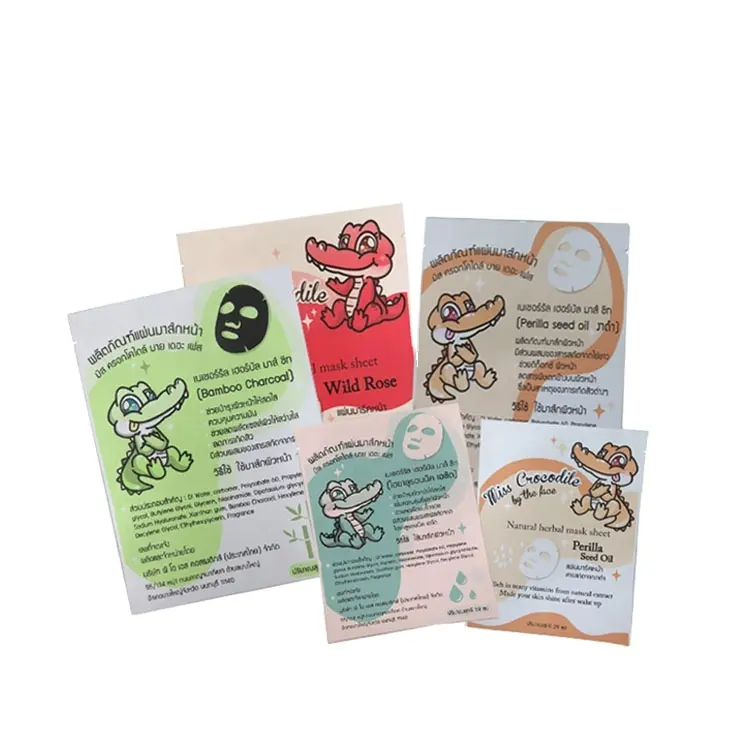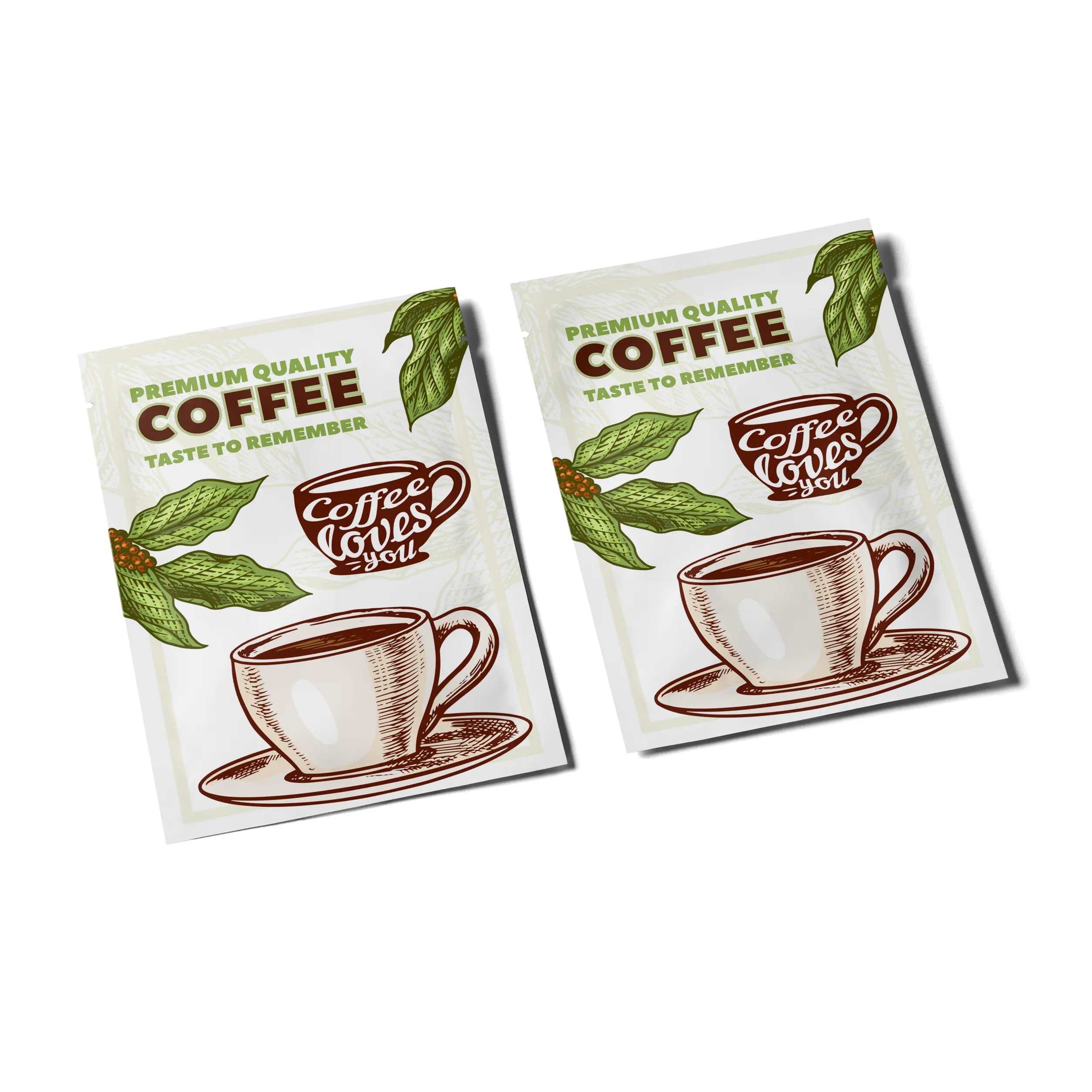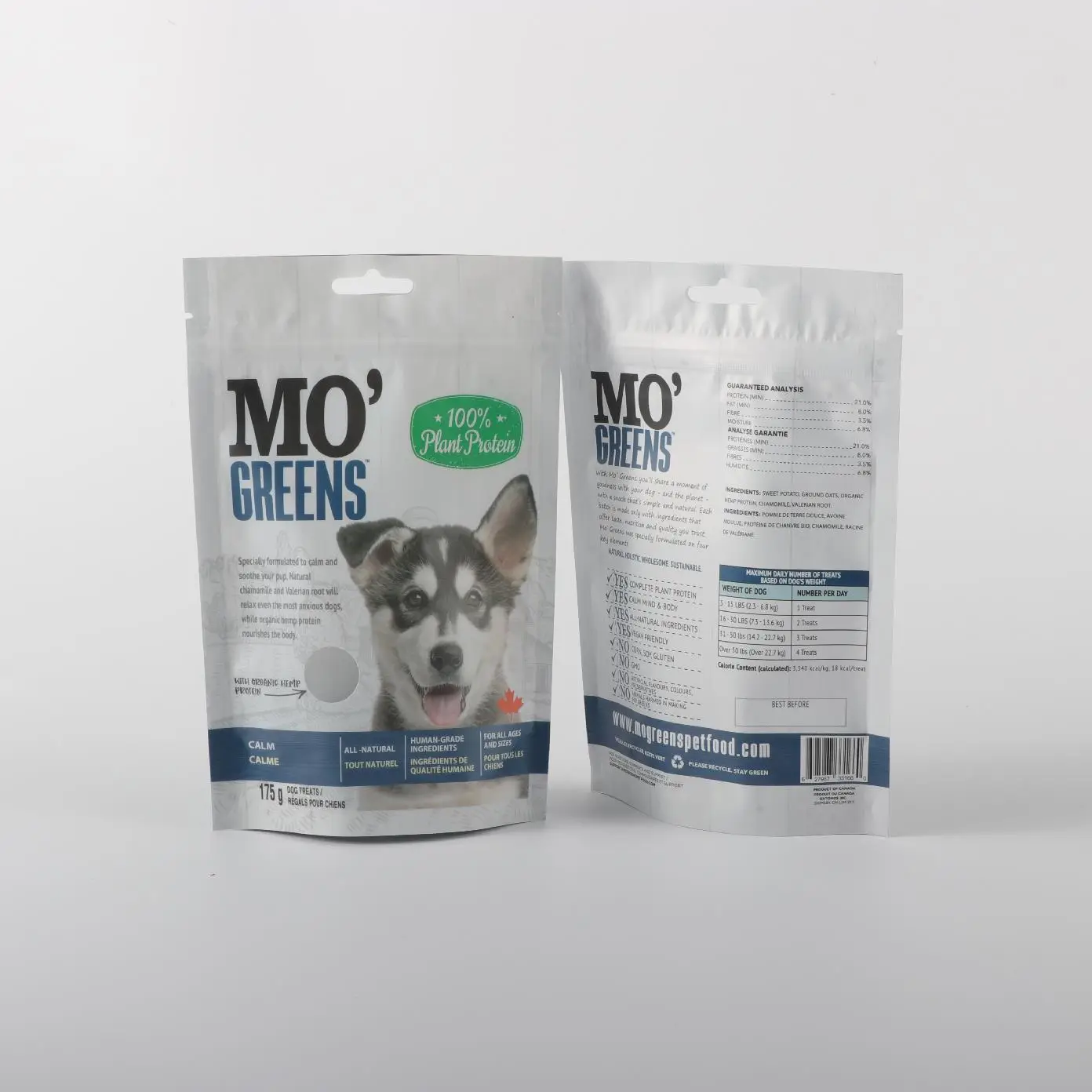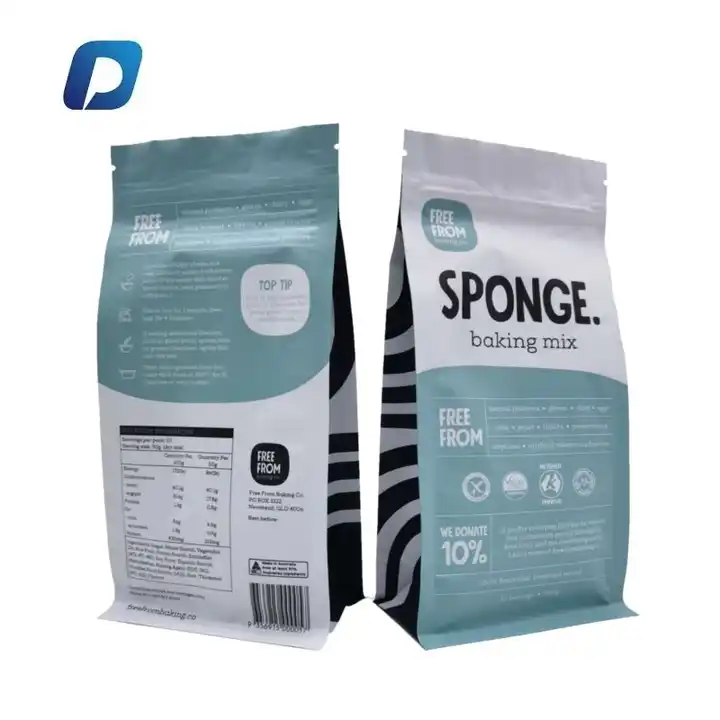Packaging is an essential part of the modern consumer experience. It plays a critical role in protecting products, making them easier to transport, and helping to communicate the brand’s identity. In recent years, flexible packaging has become one of the most popular types of packaging, revolutionizing the way we store, transport, and sell products. But what exactly is flexible packaging, and why is it gaining so much attention in various industries? We’ll explore the fundamentals of flexible packaging, its benefits, types, and its impact on sustainability, among other key aspects.
Understanding Flexible Packaging
Flexible packaging refers to packaging that is made from materials that can bend, fold, and stretch. Unlike rigid packaging, which uses materials like glass, metal, or rigid plastic, flexible packaging is primarily made from materials such as plastic films, paper, foil, and laminates. These materials are lightweight and can be shaped to suit the needs of various products, from snacks and liquids to cosmetics and pharmaceuticals.
Some common examples of flexible packaging include:
- Pouches: Used for everything from food and beverages to pharmaceuticals and personal care items.
- Bags: Available in many forms, including resealable and zipper bags for everything from groceries to pet food.
- Films: Thin sheets used to wrap products like fresh produce, candy, or baked goods.
- Roll stock: Packaging material that can be formed into various shapes, commonly used in automated packaging lines.
One of the reasons flexible packaging is so popular is its ability to offer an ideal balance between cost, convenience, and protection. It can be used for a wide range of applications, providing functionality and aesthetic appeal.

Key Characteristics of Flexible Packaging
Flexible packaging is defined by several important characteristics that differentiate it from other forms of packaging:
1. Pliability
The key defining feature of flexible packaging is its pliability. The materials used—whether they are plastic films, paper, or foil—can be bent, twisted, or squeezed without breaking. This makes flexible packaging ideal for products that need to conform to specific shapes and sizes.
2. Lightweight
Flexible packaging is considerably lighter than rigid alternatives, which reduces the overall weight of the product and makes transportation more efficient. This can lead to cost savings in logistics and a reduction in environmental impact, as it takes less fuel to transport lighter goods.
3. Customizability
Flexible packaging can be highly customized, making it perfect for businesses looking to create unique packaging that stands out on store shelves. It can be printed with eye-catching designs, logos, and product information, and tailored to different sizes, shapes, and functionalities (e.g., resealable pouches or stand-up bags).
4. Durability
Despite being lightweight, flexible packaging is often surprisingly durable. Materials like multi-layered laminates or high-density polyethylene (HDPE) provide excellent protection against moisture, air, and light, which is crucial for preserving the freshness and quality of products, particularly food and beverages.
The Benefits of Flexible Packaging
Flexible packaging has grown in popularity due to the numerous advantages it offers to manufacturers, consumers, and the environment. Here’s a closer look at some of the key benefits:
1. Cost-Effective
Compared to rigid packaging options like glass or metal, flexible packaging is often more affordable to produce. The materials used in flexible packaging are cheaper, and the manufacturing process is typically faster and more energy-efficient. This cost savings can be passed on to the consumer, making flexible packaging an attractive option for businesses looking to reduce packaging costs.
2. Space-Efficient
Flexible packaging is lightweight and takes up less space compared to rigid alternatives. When products are packaged in flexible materials, the packaging can be designed to take up less storage space, which is especially valuable for e-commerce businesses. Additionally, the ability to compress or roll flexible packaging means that products can be packed more efficiently during transit, reducing shipping costs.
3. Shelf Appeal
Flexible packaging can be made in a variety of shapes, sizes, and finishes, making it easy to create eye-catching designs that enhance a product’s visual appeal. Packaging materials can be printed with vibrant colors, intricate designs, and high-quality images, which not only help to attract consumers but also increase the perceived value of the product.
4. Extended Shelf Life
Flexible packaging can help extend the shelf life of perishable products by using advanced materials like vacuum-sealed pouches or barrier films. These materials protect products from exposure to oxygen, moisture, and light, helping to preserve freshness and prevent spoilage.
5. Consumer Convenience
With features like resealable pouches, zip-lock bags, and easy-tear openings, flexible packaging provides a level of convenience that is highly valued by consumers. This makes it easier for consumers to store products and access them at their convenience, improving overall user experience.
Types of Flexible Packaging
Flexible packaging comes in various forms, each tailored to meet specific needs and requirements. Here are some of the most common types:
1. Pouches
Pouches are versatile and widely used in food packaging, especially for snacks, sauces, and beverages. They can be sealed with a zipper or a simple press-to-seal closure, making them easy to open and reseal. Pouches are also commonly used for non-food items like cosmetics, pet food, and pharmaceuticals.
2. Bags
Flexible bags are often used for bulk products or consumer goods such as grains, coffee, pet food, and candies. These bags can be sealed in a variety of ways, such as with heat-sealing, zipper sealing, or fold-over closure.
3. Films
Packaging films are thin, flexible sheets used to wrap products. These films can be clear or opaque and are typically used for individual items like candy, chips, or frozen foods. They provide a protective layer while allowing for clear visibility of the product.
4. Roll Stock
Roll stock refers to large rolls of flexible packaging material that are used to create custom-shaped packages for various products. Roll stock is particularly useful for companies with high-volume production lines, as it can be fed into automated machinery to create pouches, bags, or wrappers quickly.
The Environmental Impact of Flexible Packaging
While flexible packaging offers numerous benefits, its environmental impact is an ongoing concern. The materials used in flexible packaging, particularly plastics, can contribute to waste if not properly disposed of or recycled. However, there are positive strides being made in creating more sustainable solutions. Many manufacturers are now using recyclable, biodegradable, or compostable materials to reduce the environmental footprint of flexible packaging.
Moreover, because flexible packaging uses less material compared to rigid packaging, it often generates less waste overall. The lightweight nature of flexible packaging also reduces transportation-related emissions, as less energy is required to move lighter products.
Sustainable Innovations in Flexible Packaging
The rise of bioplastics and plant-based materials is a game-changer for flexible packaging. Materials like PLA (polylactic acid) and PHA (polyhydroxyalkanoates) are derived from renewable sources such as corn or sugarcane and are biodegradable, offering a more environmentally friendly alternative to traditional plastic.
Additionally, many companies are focusing on recyclability and circular economy practices, ensuring that flexible packaging can be reused and recycled after its initial use. Advances in packaging technology are making it possible to create more eco-friendly options without compromising on the performance and durability of the packaging.
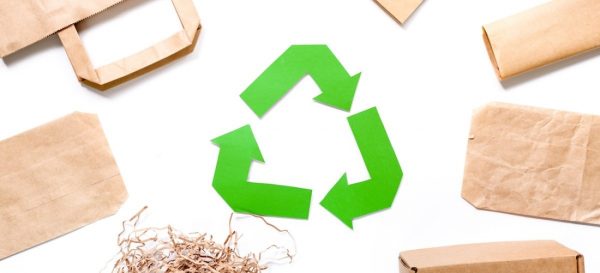
Conclusion
Flexible packaging is an essential and versatile solution in the world of packaging. Its lightweight, customizable, and cost-effective nature makes it a popular choice for manufacturers across a variety of industries. From food and beverage products to cosmetics and electronics, flexible packaging offers superior protection, convenience, and branding opportunities. As sustainability becomes an increasingly important concern, the packaging industry is evolving, with flexible packaging leading the way in terms of innovative, eco-friendly materials and practices.
Whether you’re a consumer looking to make more sustainable purchasing decisions or a business owner seeking to optimize your packaging, understanding the value of flexible packaging is key. It’s a flexible solution—literally and figuratively—that can meet the diverse needs of modern products and changing market demands.


